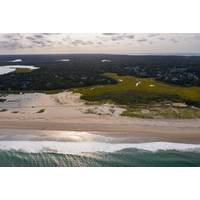
US Awards $6.7 Million for Sea Level Rise and Coastal Resilience Research
approaches for flood risk reduction for two estuaries in the Pacific Northwest.(IRA-funded) Oregon State University received $500,000 to assess the environmental and economic tradeoffs of different management strategies for backshore dune environments in the Pacific Northwest.(IRA-funded) University of Georgia, U.S. Geological Survey and Embry-Riddle Aeronautical University received $500,000 to model nature-based flood mitigation projects to inform holistic coastal planning in the Gulf of Mexico coast.(IRA-funded) University of California, Irvine and University of Miami received nearly $500,000
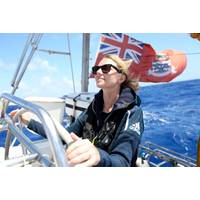
A look inside Emily Penn’s eXXpedition
;s really important because we realize more and more that it's not just scientists that need to be exploring—we need storytellers and designers and solutionists to be out there as well,” said Penn. On top of that, data collection, as Penn explains while referencing her work with University of Georgia’s Marine Debris Tracker app, has become easier, more robust and has a lower chance of error. In addition to technological advancement, Penn hopes for a larger emphasis on solutions-based science. “I think more and more we need to be asking the question of 'What do we need
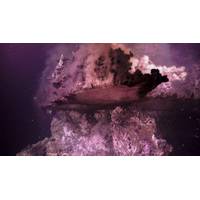
Scientists Find New Hydrothermal Field
where towering mineral structures serve as biological hotspots for life. These newly discovered geological formations feature upside down ‘mirror-like flanges’ that act as pooling sites for discharged fluids.While exploring hydrothermal vent and cold seep environments, Dr. Mandy Joye (University of Georgia), and her interdisciplinary research team discovered large venting mineral towers that reach up to 23 meters in height and 10 meters across. These towers featured numerous volcanic flanges that create the illusion of looking at a mirror when observing the superheated (366ºC) hydrothermal
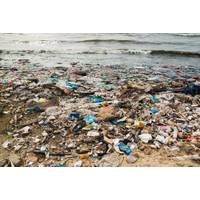
Vietnam Beach Awash with Tide of Blue Waste
and dry shrimp between the mounds of plastic waste on the beach."When they finish they just throw the bags into the ocean. The trash floats to wherever the sea level rises," she said.Vietnam is the fourth-largest contributor to marine plastic pollution globally, a 2015 study by the University of Georgia showed.Globally, eight million tonnes of plastic is dumped into the ocean every year, killing marine life and entering the human food chain, according to the U.N. Environment Programme.The latest example was a pilot whale that died in Thailand with some 80 pieces of plastic rubbish found
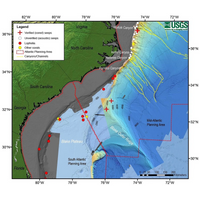
Deepwater Atlantic Habitats Study Commissioned
International has led over the last decade. Previously, the LopheliaII and Chemosynthesis III programs were major, multi-year federal programs won by a coalition of partners, many of whom are also principals in this effort. The TDI-Brooks team consists of scientists from Temple University, University of Georgia, Nova University, Florida State University, Harvey Mudd College and University of New Hampshire as well as experts from numerous international universities
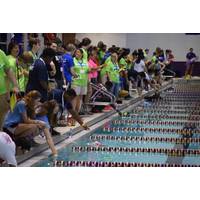
Young Innovators to Compete in Underwater Robotics
the national stage. Team participation has dramatically increased since the launch of the competition. The first National SeaPerch Challenge was held in 2011 in Philadelphia with 187 students grouped into just 38 teams. This year the weekend’s events will be divided between Georgia State University and Georgia Tech. The two schools are located only a few miles apart and will be conveniently connected by shuttle bus for the student teams. Registered participants and spectators will be housed at Georgia State University’s dormitories, and will be treated to the “college experience&rdquo
Sea Level Rise Projected to Displace 13 million in U.S. by 2100
impacted in such a scenario include: New York (901,000 at risk), New Jersey (827,000), Virginia (476,000), Massachusetts (428,000), Texas (405,000), South Carolina (374,000) and North Carolina (298,000). "As the sea level rises, coastal parts of Florida will be inundated," said University of Georgia geography professor Deepak Mishra, one of the researchers. "Sea level rise is the phenomenon that makes climate change a reality for millions of people worldwide. The sheer volume of people at risk of displacement and becoming climate refugees is the main threat." The projection
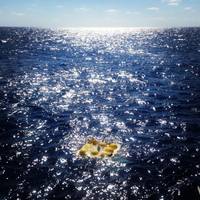
$140m Awarded for GoM Oil Impact Research
, "The Consortium for Advanced Research on Transport of Hydrocarbon in the Environment II," Lead Investigator Tamay Özgökmen RAND Corporation Gulf States Policy Institute, "Consortium for Resilient Gulf Communities," Lead Investigator Melissa Finucane The University of Georgia, "Ecosystem Impacts of Oil and Gas Inputs to the Gulf – 2," Lead Investigator Samantha Joye University of South Florida, "The Center for the Integrated Modeling and Analysis of Gulf Ecosystems II," Lead Investigator Steven Murawski GoMRI is a 10-year research
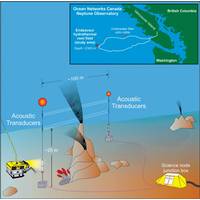
ASL Builds Custom Instrument for Hydrothermal Vent Flow
ASL Environmental Sciences Inc. has been awarded a $500,000 contract by the University of Georgia to build a reciprocal transmission acoustic scintillation instrument to measure the flow dynamics of a hydrothermal vent plume for a research project led by Dr. Daniela Di Iorio of the Department of Marine Sciences. The instrument will be installed at the Ocean Networks Canada NEPTUNE cabled observatory at the Endeavour hydrothermal vent site, approximately 300 kilometers off the west coast of Vancouver Island, in 2,200-meter water depth. The deployment is scheduled for 2016, with logistical support



 February 2024
February 2024





